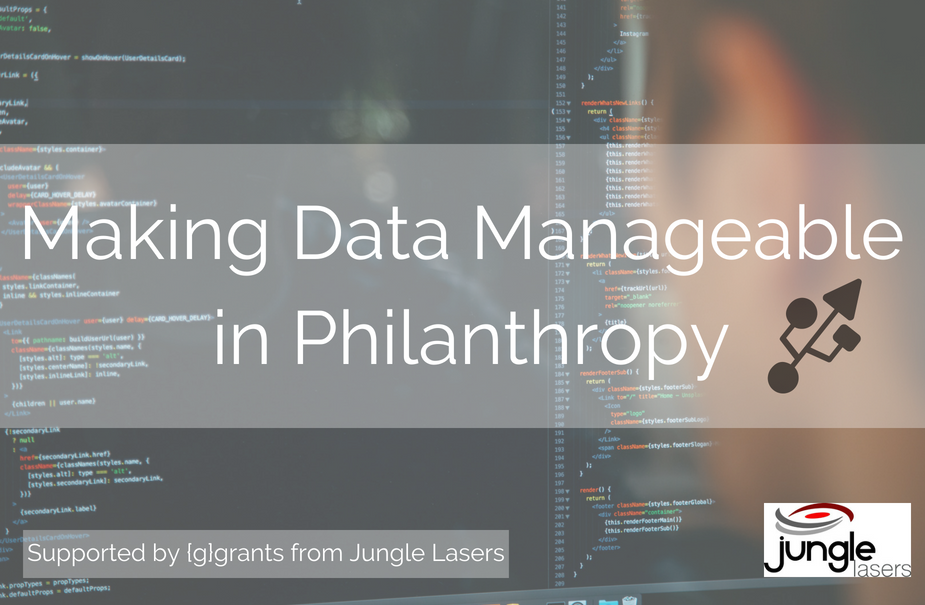In the age of big data, it can be difficult to separate meaningful data from data that’s unnecessary or overly complicated. In order to demonstrate impact within the philanthropic sector, we may be tempted to collect multiple data sets. However, collecting data for the sake of collecting data isn’t helpful; it distracts from important statistics that demonstrate success.
There are two types of data sets for a grantmaking organization to track: “transactional data” and “impact data.” Transactional data provides an overview of information related to the characteristics of the grants. This data provides the grantmaker with insight into the progress of the foundation’s work and provides a framework within which all other data sits.
Here are a few examples of transactional data:
- Number of applications received
- Number of counties/geographic areas served
- Number of grants awarded
- Dollar amount of grants awarded
- Grant purpose
- Operating support
- Capacity building
- Capital campaign support
- Percentage solicited and unsolicited grants received
- Percentage increase or decrease in number of grants received
A program officer can use this data to track a foundation’s progress from year to year. With this information, you can better understand the status of your assets and the reach of your work.
The second set of data for a foundation to track is impact data. This type of data demonstrates the outcomes of your grants. Within this dataset, your foundation better understands the difference your funds create within the community.
The impact data you track depends upon your funding areas. For example, if you provide funding to organizations that support education, you may track reading comprehension, computer literacy, and self-esteem.
Some of the indicators of success related to educational grants may include:
- 63% of students improved their standardized test scores
- 77% of students indicated they felt more confident in their school performance
- 84% of students improved their computer literacy skills
With this data, you can demonstrate the results of your grant programs. This information provides your funders with a positive picture of the results and encourages increased contributions. You can trust that your programs are on the right track as your review this data.
It’s easy to become overwhelmed with the amount of data your organization compiles. However, if you focus on transactional and impact data, you will have a better understanding of your foundation’s work within the communities you serve.
Subscribe to our blog by providing your information in the spaces below!


Leave A Comment